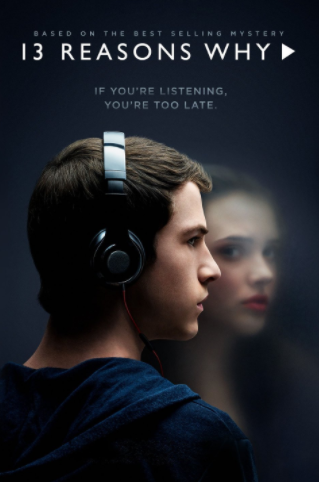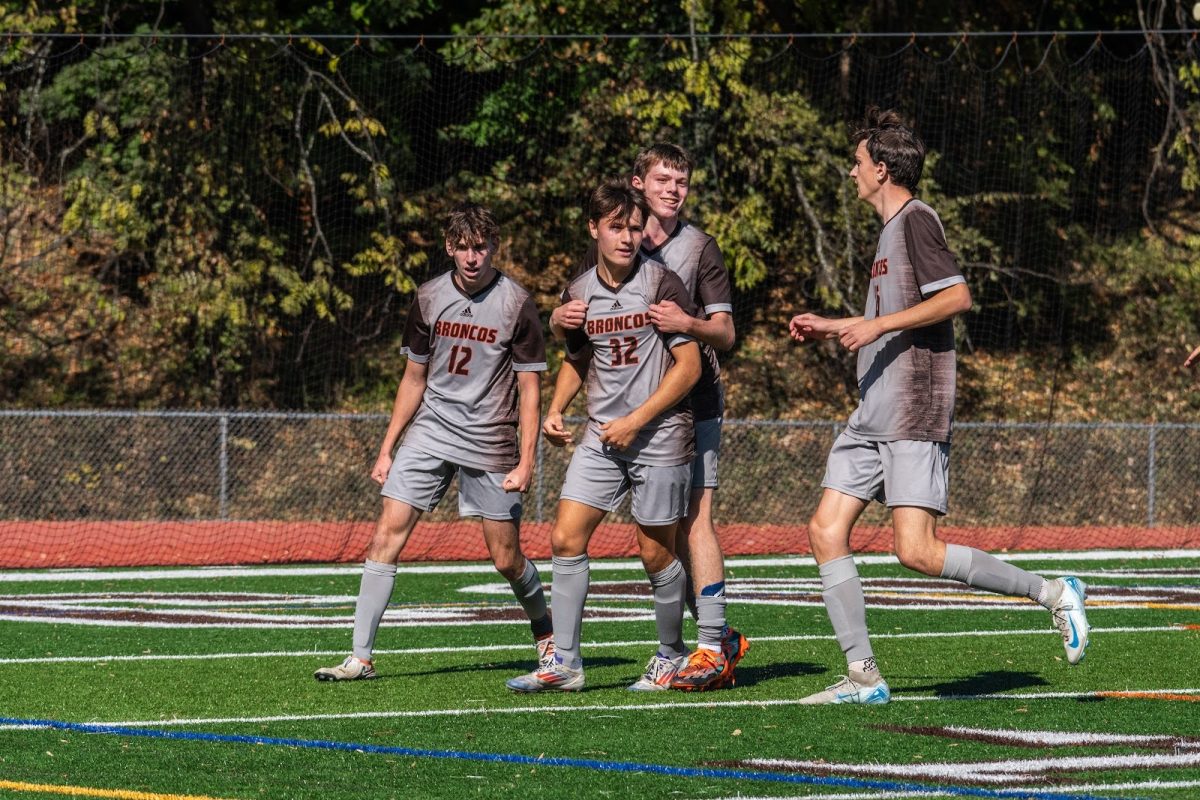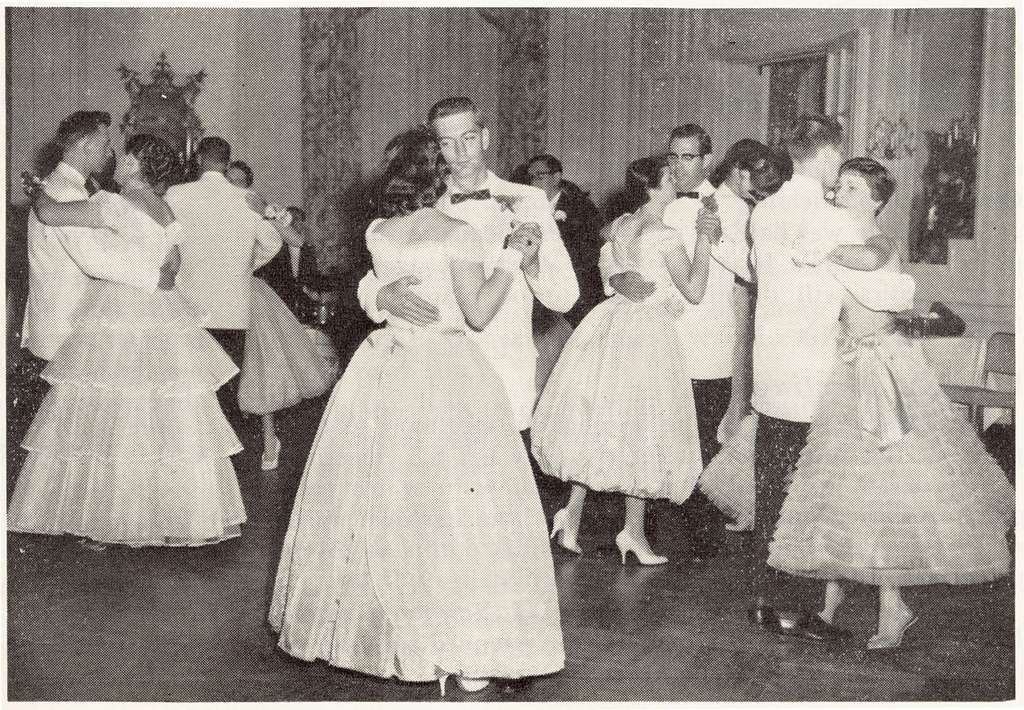Is 13 Reasons Why dangerous?
Editor’s Note: The following is an opinion article and contains spoilers, as well as mature content. Please read at your own discretion.

Photo by: Netflix
Ever since the show’s launch on Netflix, 13 Reasons Why has been causing controversy in schools across the country. The plotline centers around a teenage girl named Hannah Baker, who later commits suicide due to 13 factors that contributed to her downward spiral. She leaves nothing but 13 cassette tapes describing the reasons that led to her death in lieu of a suicide note (hence the name, 13 Reasons Why).
While the show deals with teenage characters, there are many factors that contribute to its TV-MA rating- rape scenes, for one, as well as the long, drawn out scene where Hannah slits her wrists and ends her life. The storyline is heavy and emotional; each hour-long episode is powerful enough to cause viewers to feel the way the characters did.
Hannah’s story is heartbreaking- it begins with a harmless date, where a compromising photo is taken, and spread around the school. Hannah becomes a victim of slut-shaming, and is ridiculed and ostracized by her peers to a point where even her closest friends leave too.
Afterwards, one of her peers takes advantage of her, and the camera captures all of this in a long, detailed scene, immortalizing the moment Hannah’s eyes become glassy and defeated. This leads to a confrontation with the school principal, where Hannah hopes he will help. When he doesn’t, she returns home with all of this weighing her down, and ends her life.
The show is definitely dark, and at times, emotionally draining. But the main problem schools and parents around the world have with 13 Reasons Why is how it seems to glamorize suicide, and how it can cause impressionable minds to be influenced into believing that suicide is a viable option.
However, this was not the intended message the showrunners hoped to spread. They wanted viewers to realize that death is a final thing and address the fact that suicide is a real issue. In the show’s companion film, Beyond the Reasons, Jay Asher, the author of the book the show was based on, says, “The whole issue of suicide is an uncomfortable thing to talk about, but it happens. And so we have to talk about it. It’s dangerous not to.”
13 Reasons Why wasn’t created to glorify suicide, or influence viewers to believe that taking their own lives is the answer they are seeking. There’s nothing glamorous about death, a contrast to what many people believe the show is trying to prove. Instead, the show offers a thought-provoking insight into the life and mind of a depressed teenager, and teaches viewers to look for the signs of suicidal thoughts. The lesson I took from the show was that we never really know what’s going on in others’ lives, which is why that we should always try to be kind to one another.
Personally, I have very mixed feelings about this show. While 13 Reasons Why raises awareness about important issues such as teen suicide, rape, and the adamancy to address these taboo topics, it is very graphic and could potentially be triggering. However, Netflix has added advisory warnings, and created a website at 13reasonswhy.info to accompany the show. Despite this, I believe that 13 Reasons Why should be watched at the viewer’s discretion – the TV-MA rating is there for a reason.
If you or anyone you know is suffering from suicidal thoughts, seek professional help immediately, or call the national suicide prevention hotline at 1-800-273-8255. If there’s anything to learn from 13 Reasons Why, it’s this: your life matters.

Stephanie is a sophomore at Pascack Hills, and writes for the current events section. She plays on the girls' lacrosse team, participates in Model U.N, and is currently working on setting up a new club for the upcoming school year. Her favorite subjects in school are English and history. Outside of school, she enjoys spending time with her friends, taking photos, and watching Netflix. She is interested in social issues, and loves writing about them.










































